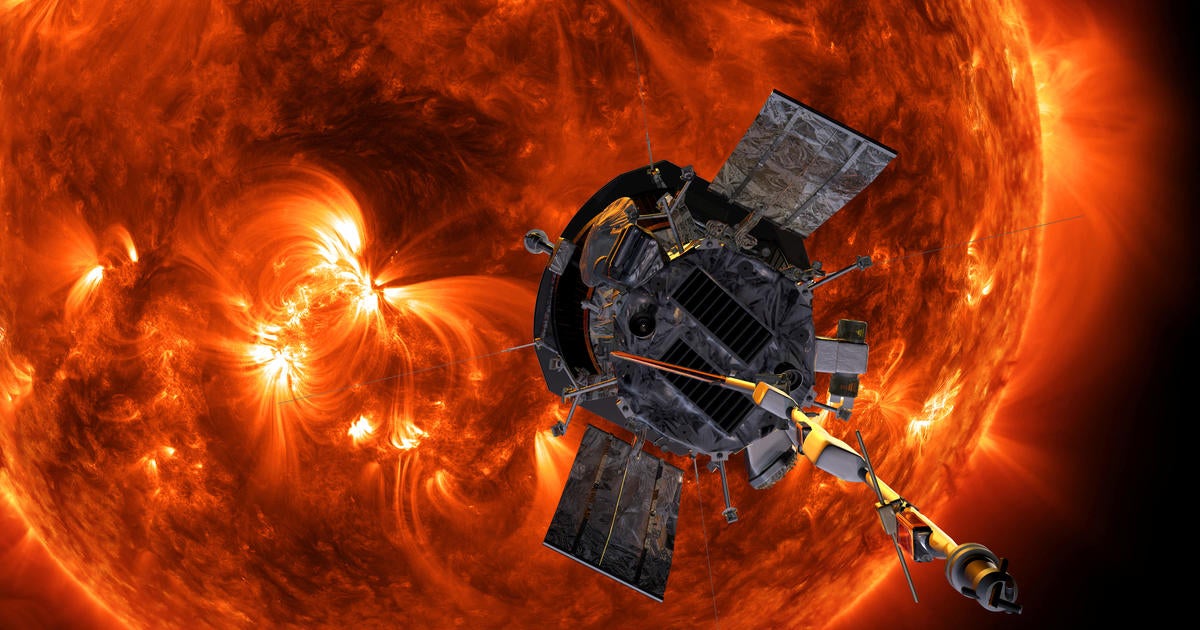
Watch CBS News
By Stephen Smith
/ CBS News
NASA’s Parker Solar Probe has beamed home its first detailed update eight days after making a record-breaking approach to the sun, the agency announced.
The spacecraft confirmed its systems and instruments are “healthy and operating normally,” NASA said in an update released Thursday, a week after the probe passed within a record-breaking 3.8 million miles of the scorching star.
NASA said scientists at the Johns Hopkins Applied Physics Laboratory began receiving more detailed telemetry — or “housekeeping data” — from the spacecraft on New Year’s Day. The update showed that Parker had executed pre-programmed commands and that its science instruments were operational during the record-breaking approach.
“While Parker Solar Probe was closer to the Sun than any other human-made object in history, it operated just as it was designed to do, and made observations that no one has been able to make before,” Parker Solar Probe Project Manager Helene Winters said in a statement. “From the heat shield to the solar array cooling system, there was so much enabling technology required to fly this mission, and to gather data scientists have awaited for decades. Parker Solar Probe’s ability to thrive in the hostile environment around the Sun is a tribute to the team that designed and built this remarkable spacecraft.”
Parker, which launched in 2018, has flown through the sun’s crownlike outer atmosphere, or corona, and the spacecraft is expected to circle the sun through at least September. The probe’s next two close flybys of the sun will occur March 22 and June 19, NASA said Thursday.
Parker is the fastest spacecraft built by humans, and reached a top speed of 430,000 mph at closest approach, according to the Associated Press. The probe is outfitted with a heat shield that can withstand temperatures up to 2,500 degrees Fahrenheit, the AP reported.
Researchers are hopeful that data from Parker will help them learn more about how and where solar winds are formed as well as why the sun’s outer atmosphere is hundreds of times hotter than its surface.
Stephen Smith is a managing editor for CBSNews.com based in New York. A Washington, D.C. native, Steve was previously an editorial producer for the Washington Post, and has also worked in Los Angeles, Boston and Tokyo.
© 2025 CBS Interactive Inc. All Rights Reserved.
Copyright ©2025 CBS Interactive Inc. All rights reserved.
